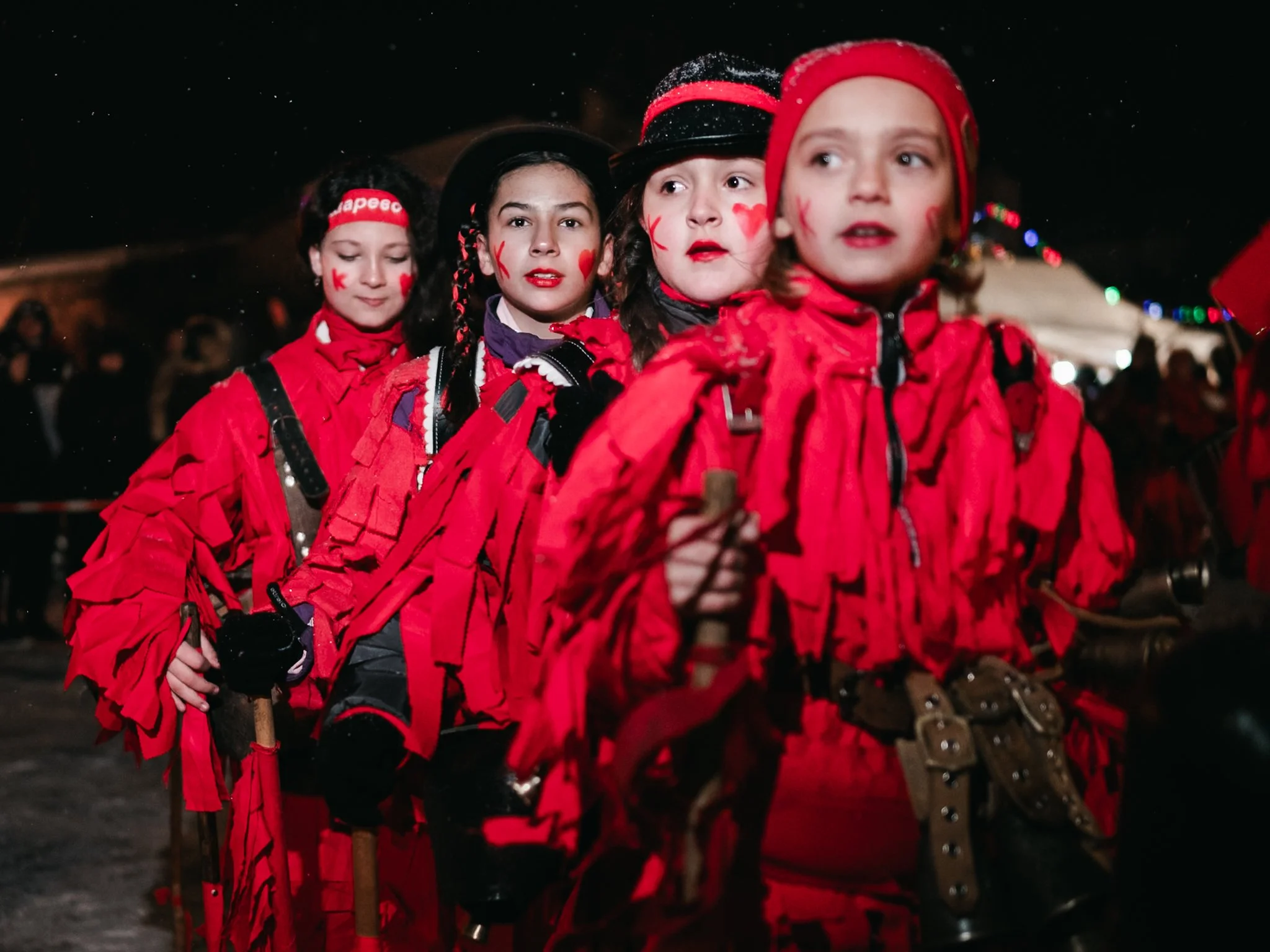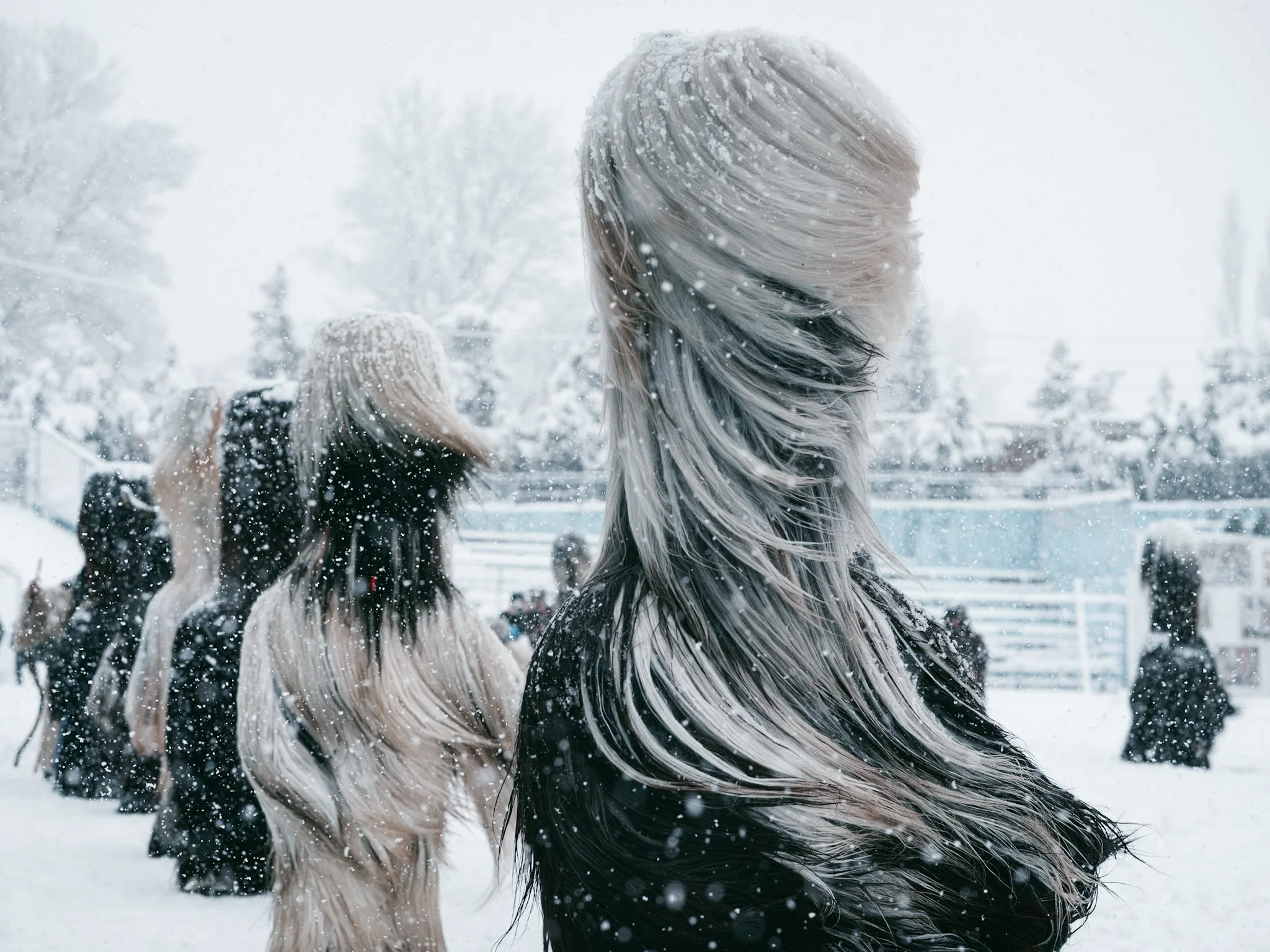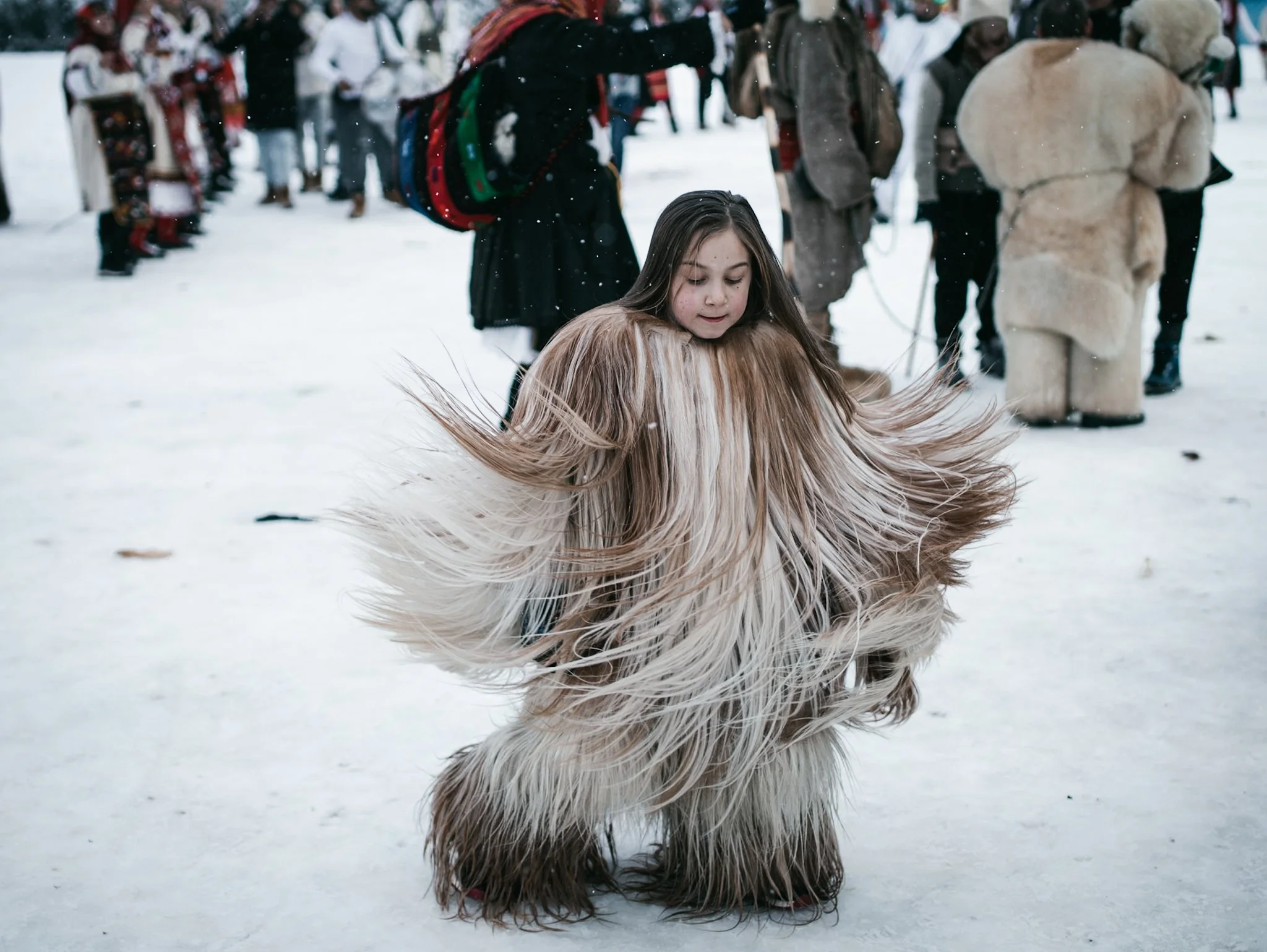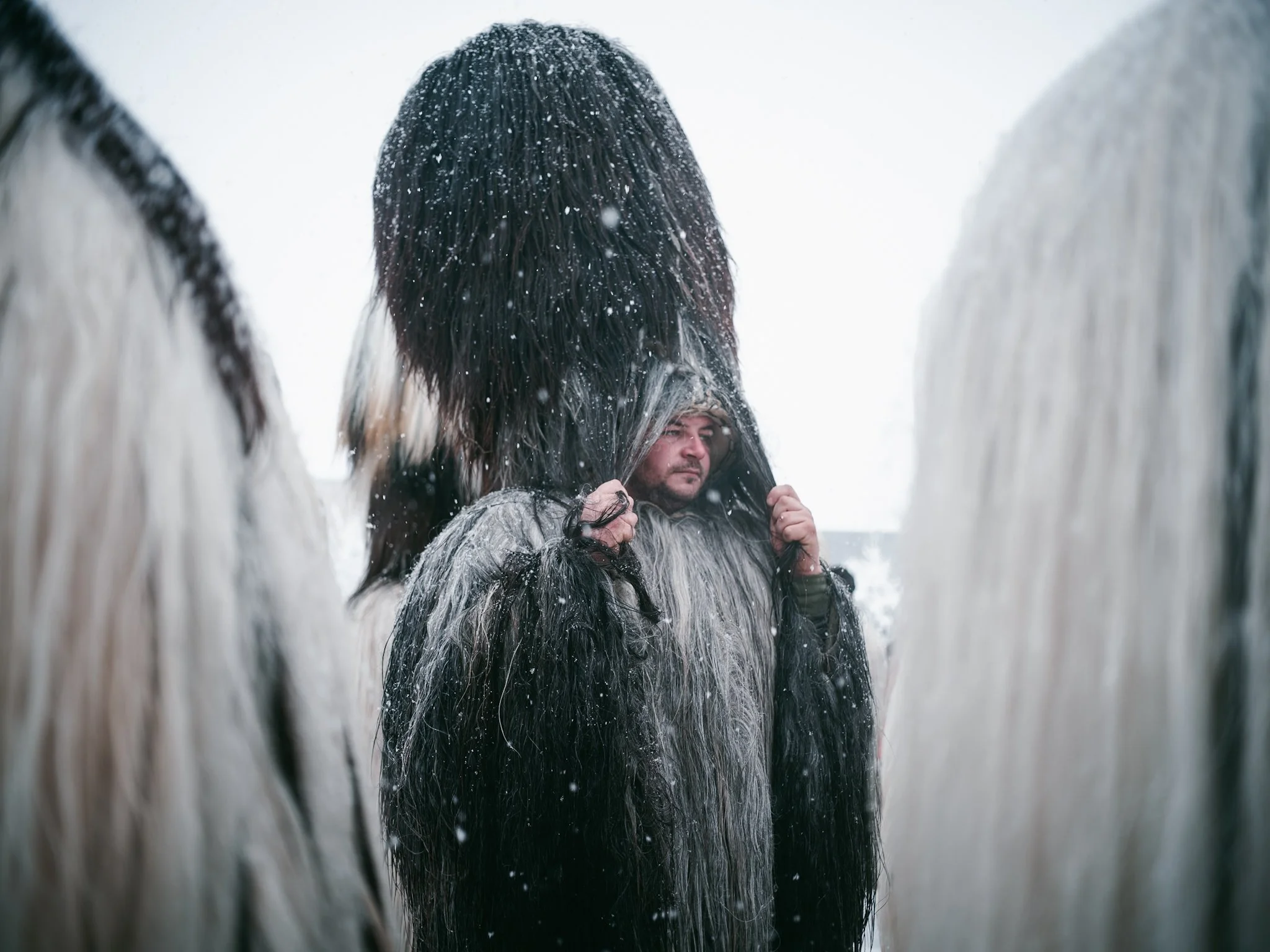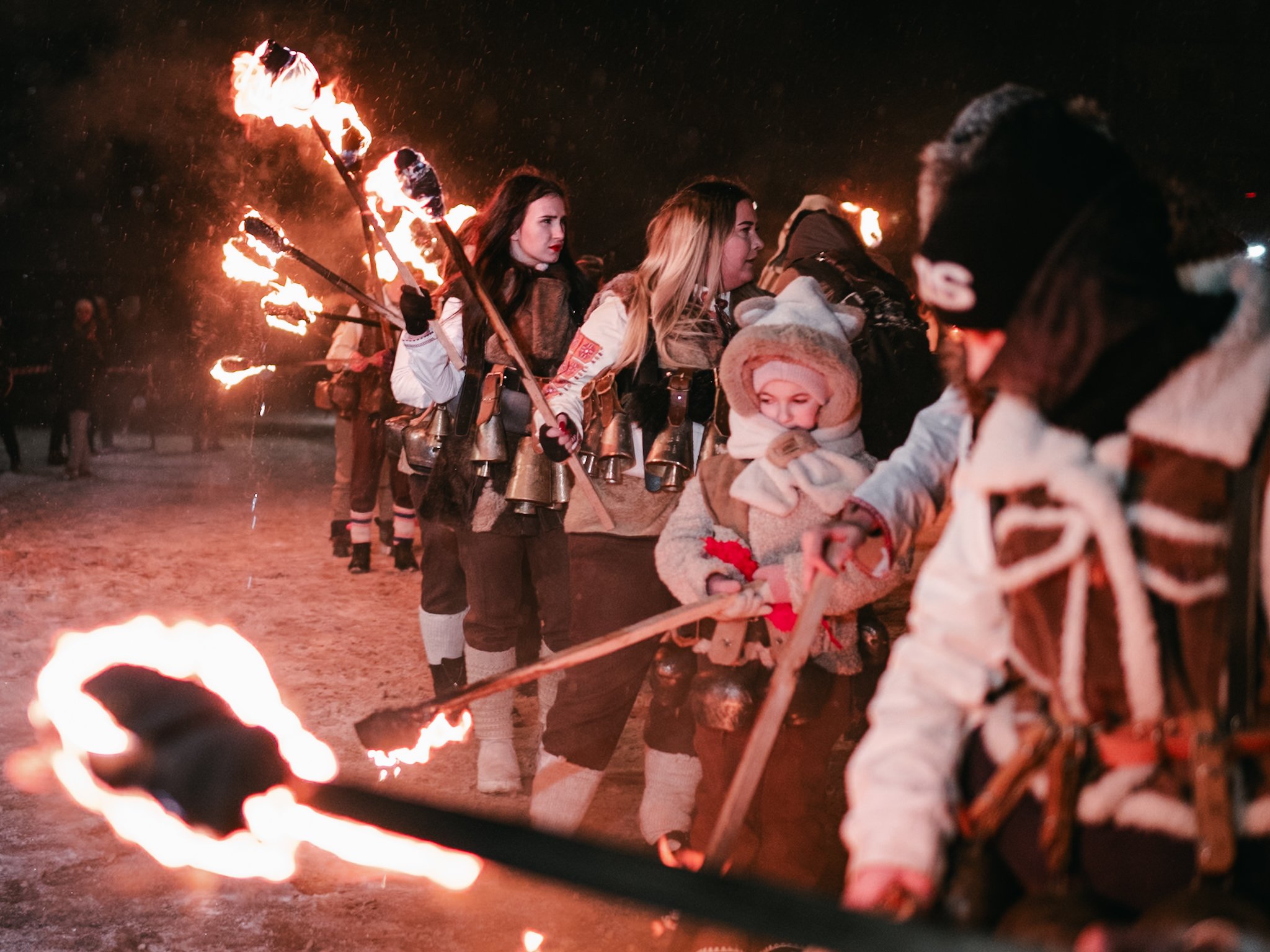
Through Smoke and Snow the Bells of Midwinter Ring
In the midst of winter, when the earth is covered with cold and darkness, ancient rituals come alive and engage the community in a dance with the forces of nature. These winter festivals, rooted in pre-Christian beliefs that trace their origins to the Thracians, serve as both a shield against the harsh conditions of the season and a promise of rebirth. The traditional rituals of the Kukeri in Bulgaria weave a tapestry of symbolic actions designed to ward off evil, ensure fertility and welcome the return of the light. The Kuker tradition, one of the most characteristic and ancient practices in Bulgaria, takes place during the winter period , when the community prepares for the long-awaited spring. Kuker are figures shrouded in mystery and terror, wearing elaborate masks made of animal skins and bells that ring with every movement of the Kuker dances. The dancers, mostly men, embody nature spirits, both benevolent and malevolent. Their handmade grotesque masks and ghostly costumes are designed to evoke fear in order to drive away evil spirits that might otherwise interfere with the fertility of the land, the health of the people and the vitality of the animals. As the Kukkers leap and whirl in wild, frantic movements, the bells hanging from their costumes ring with a loud, resonant sound that cuts almost primordial through the stillness of the winter day. This noise is a magical act, a ritual battle in which the forces of chaos and darkness are banished, making way for the return of the fertile and life-giving forces of spring and ensuring that life will prevail over the deadly silence of winter.
On the night of January 13-14, the ritual masquerade games begin. In more than 50 villages in the Pernik region Surva is celebrated - one of the most ancient and preserved Bulgarian customs. Their peak is on 24, 25 and 26 January in the town of Pernik, which is visited not only by local Kuker groups but also by foreign ones. Dressed in animal skins, with torches in their hands, bells on their waists and scary masks, the men and last years also women go round the homes to drive away the evil forces and bring health and prosperity for the coming year. The colours of the decorations are also very important to the symbolism of the masks. The predominant colour is red - a symbol of the fertility of renewing nature, of the sun and fire. The black colour represents the earth and its mother goddess, while the white symbolises water and light. Kuker customs have several basic ritual actions. One of them is the ritual ploughing and sowing. This custom is usually carried out in the centre of the settlement by the head Kuker, who harnesses some of the Kukers, the midwife or the bride and groom to the plough and they symbolically plough a bed and he sows it. Some of the ritual actions include knocking the bride to the ground and imitating sexual intercourse, stealing and finding the Kuker's grandmother, young woman giving birth to a baby, dying and reviving the groom, etc. While the choir is playing, the cuckolds banter and joke with the people around. At the end, the cuckolds gather for a feast of food and drink donated to them by the villagers. The second main moment is the visit of all homes with wishes for health, fertility and prosperity, during which gifts are collected from the owners (flour, beans, eggs, etc.). In each home, the Kukeri perform various domestic and comic scenes, make mischief, and throw away the belongings.
These traditions, though rooted in ancient fears and beliefs, continue to serve as powerful reminders of the resilience of the human spirit in the face of winter's darkness and of the eternal dance between light and shadow that defines the natural world.








